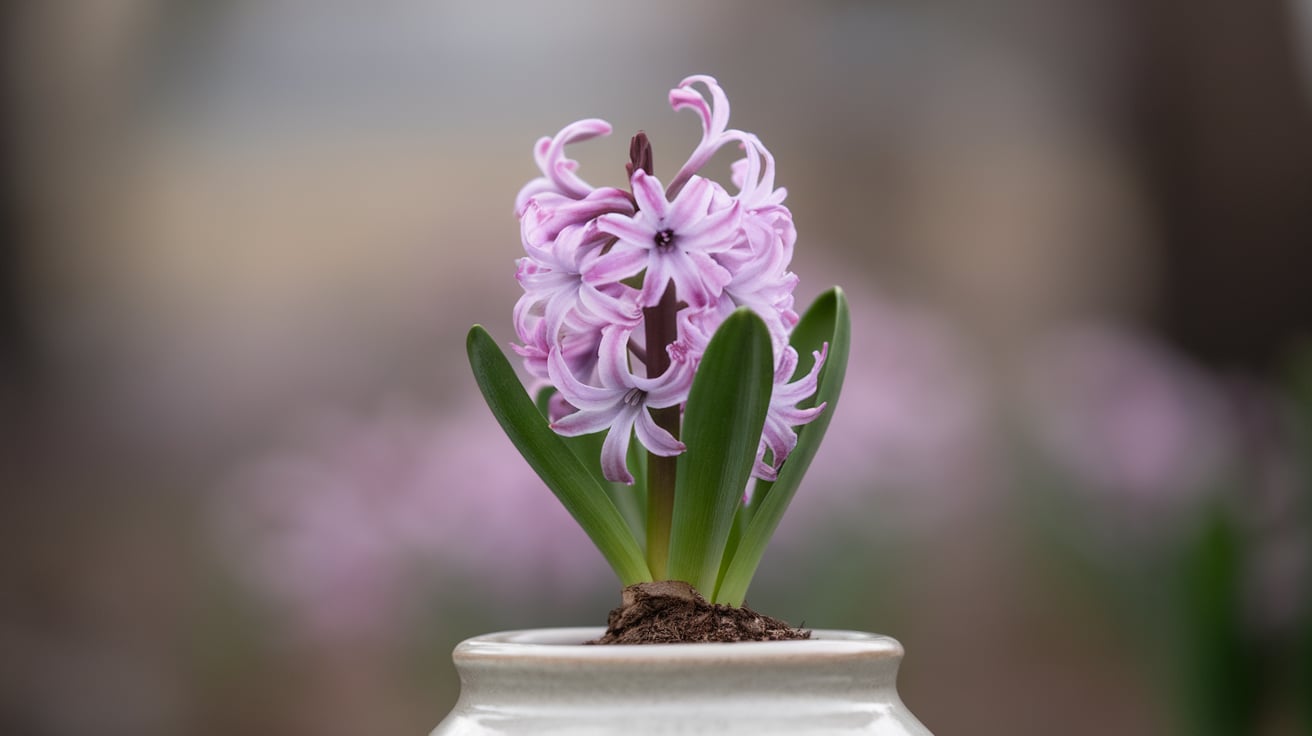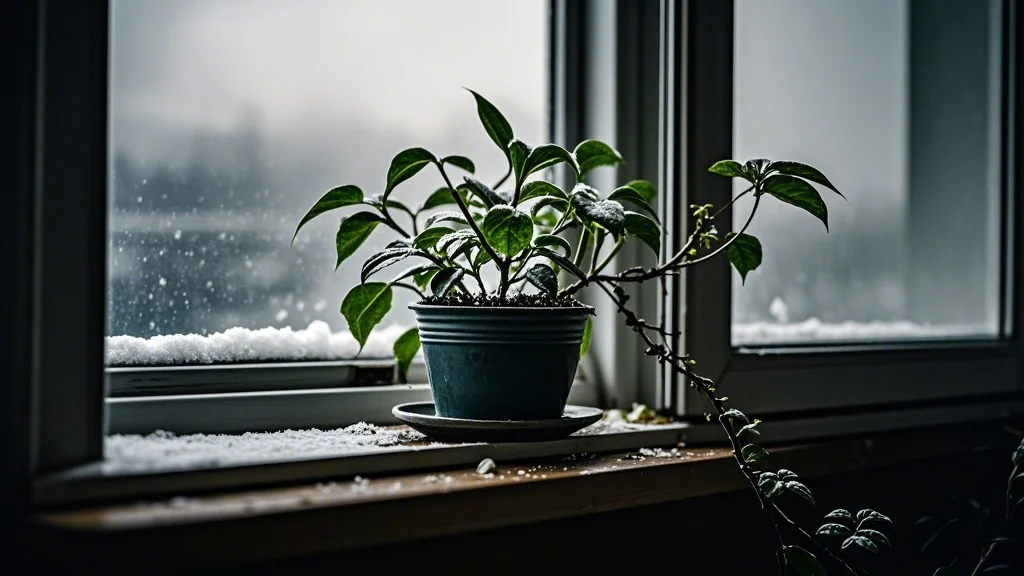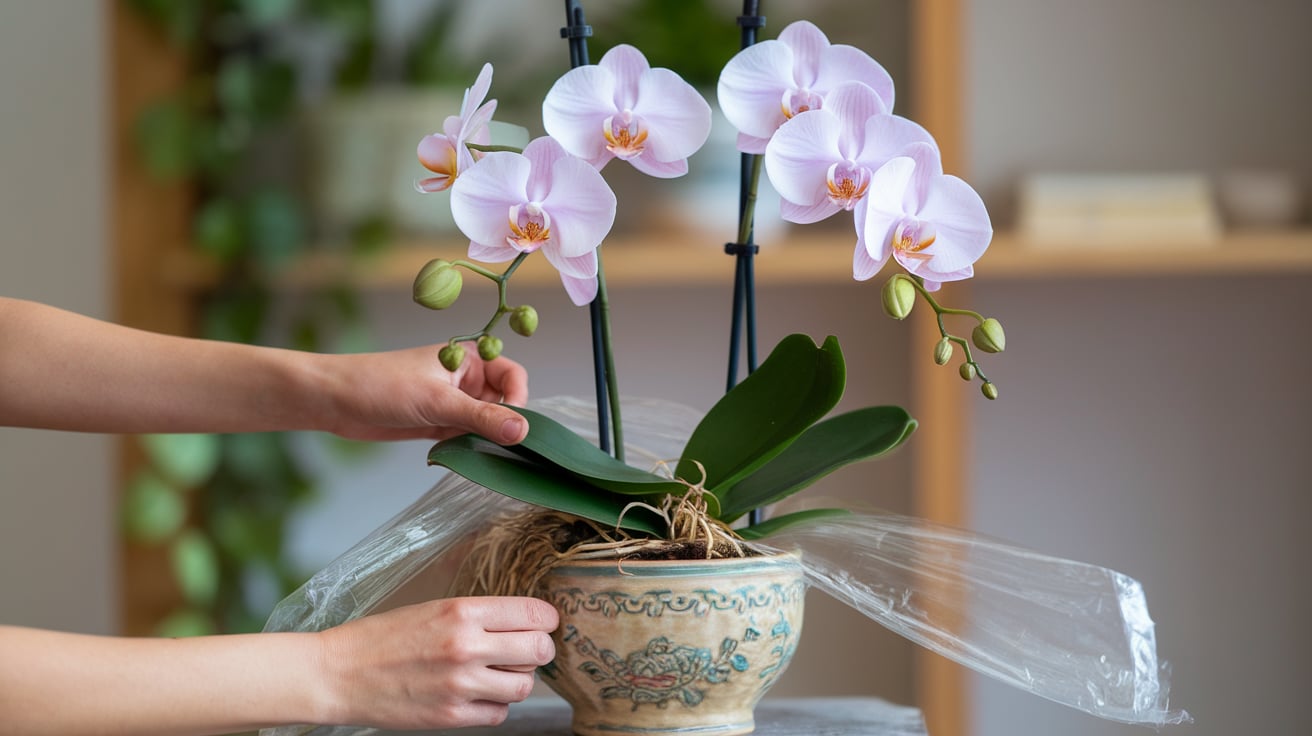As winter fades and daylight hours increase, indoor plants awaken from their dormant state, ready to burst into a frenzy of growth. This period, known as the spring growth explosion, can be both exciting and challenging for plant enthusiasts. In this comprehensive guide, we’ll explore how to effectively manage and support your plants during this crucial time, ensuring they thrive throughout the growing season.
Contents
Understanding the Spring Surge

Why Plants Experience Rapid Growth in Spring
- Increased daylight hours
- Rising temperatures
- Hormonal changes in plants
- Renewed energy reserves
Signs of the Spring Growth Explosion
- New leaf emergence
- Accelerated stem elongation
- Increased water and nutrient uptake
- Root system expansion
Preparing for the Growing Season
Assessing Your Plants’ Needs
Before the spring surge begins, take time to evaluate each plant’s condition:
- Check for pest infestations
- Examine overall health
- Assess current pot size
- Review light conditions
Spring Cleaning for Plants
Give your plants a fresh start with these tasks:
- Dust leaves gently with a damp cloth
- Remove any dead or yellowing foliage
- Prune overgrown or leggy stems
- Clean pots and saucers
Repotting Considerations
Determine if your plants need repotting:
- Signs it’s time to repot:
- Roots growing out of drainage holes
- Plant becoming top-heavy
- Soil drying out quickly
- Choose pots 1-2 inches larger in diameter
- Use fresh, well-draining potting mix
Adjusting Care Routines for Rapid Growth
Watering During the Growth Surge
As plants grow more actively, their water needs increase:
- Monitor soil moisture more frequently
- Water deeply when the top inch of soil feels dry
- Adjust watering frequency based on individual plant needs
- Consider using self-watering systems for consistent moisture
Fertilizing for Optimal Growth
Provide essential nutrients to support new growth:
- Start fertilizing as new growth appears
- Use a balanced, water-soluble fertilizer
- Apply fertilizer every 2-4 weeks during the growing season
- Dilute fertilizer to half-strength for sensitive plants
Light Requirements
Ensure your plants receive adequate light for healthy growth:
- Gradually increase exposure to direct sunlight
- Rotate plants regularly for even growth
- Consider supplemental grow lights for low-light areas
- Clean windows to maximize natural light penetration
Managing New Growth
Pruning and Shaping
Guide your plants’ growth with strategic pruning:
- Pinch back new growth to encourage bushiness
- Remove any crossing or rubbing branches
- Trim leggy stems to maintain desired shape
- Save healthy cuttings for propagation
Supporting Climbing Plants
Provide structure for vining and climbing plants:
- Install trellises, stakes, or moss poles
- Gently train new growth along supports
- Use soft plant ties to secure stems
- Regularly adjust ties as plants grow
Leaf Care
Maintain healthy foliage during rapid growth:
- Mist leaves to increase humidity (for tropical plants)
- Wipe leaves with a damp cloth to remove dust
- Trim any brown or yellowing leaf edges
- Monitor for signs of nutrient deficiencies
Troubleshooting Common Spring Growth Issues
Leggy Growth
Causes:
- Insufficient light
- Overcrowding
Solutions:
- Increase light exposure
- Prune regularly to encourage bushiness
- Rotate plants for even growth
- Consider separating overcrowded plants
Yellowing Leaves
Causes:
- Overwatering
- Nutrient deficiencies
- Pest infestations
Solutions:
- Adjust watering frequency
- Check for proper drainage
- Fertilize appropriately
- Inspect for and treat any pests
Sudden Leaf Drop
Causes:
- Environmental stress
- Root problems
- Pest infestations
Solutions:
- Maintain consistent care routines
- Check for root rot and treat if necessary
- Inspect for pests and apply appropriate treatments
- Provide adequate humidity for tropical plants
Propagation Opportunities
Take advantage of the growing season to expand your plant collection:
Stem Cuttings
- Select healthy stems with multiple nodes
- Cut just below a node at a 45-degree angle
- Remove lower leaves and place in water or moist soil
- Maintain high humidity until roots develop
Division
- Gently remove the plant from its pot
- Separate root ball into sections, ensuring each has roots and shoots
- Replant divisions in fresh potting mix
- Water thoroughly and provide extra care until established
Leaf Propagation
- Choose a healthy, mature leaf
- Cut the leaf into sections or use whole
- Place cut edge or petiole in moist soil
- Keep soil consistently moist until new growth appears
Seasonal Plant Care Calendar
Early Spring (March-April)
- Resume regular fertilization
- Gradually increase watering frequency
- Begin moving plants outdoors on mild days
- Start propagation projects
Late Spring (May-June)
- Monitor for pest infestations as activity increases
- Prune and shape plants as needed
- Repot plants that have outgrown their containers
- Adjust light exposure for changing sun patterns
Early Summer (June-July)
- Increase watering frequency for outdoor plants
- Apply slow-release fertilizer for sustained feeding
- Provide shade for sun-sensitive plants during peak hours
- Continue regular pruning and shaping

Embracing the Growing Season
The spring growth explosion is an exciting time for plant enthusiasts. By understanding your plants’ needs and adjusting your care routines, you can successfully manage this period of rapid growth. Remember to:
- Prepare your plants for the growing season
- Adjust watering, fertilizing, and light exposure
- Monitor and manage new growth
- Address common issues promptly
- Take advantage of propagation opportunities
With proper care and attention, your plants will not only survive the spring surge but thrive throughout the growing season, rewarding you with lush foliage and vibrant growth. Embrace this time of renewal and enjoy watching your indoor garden come to life!









